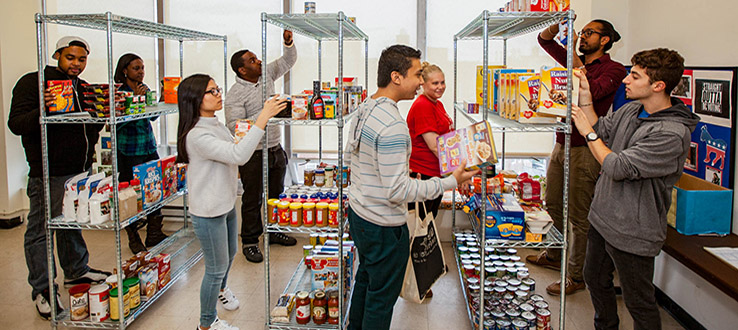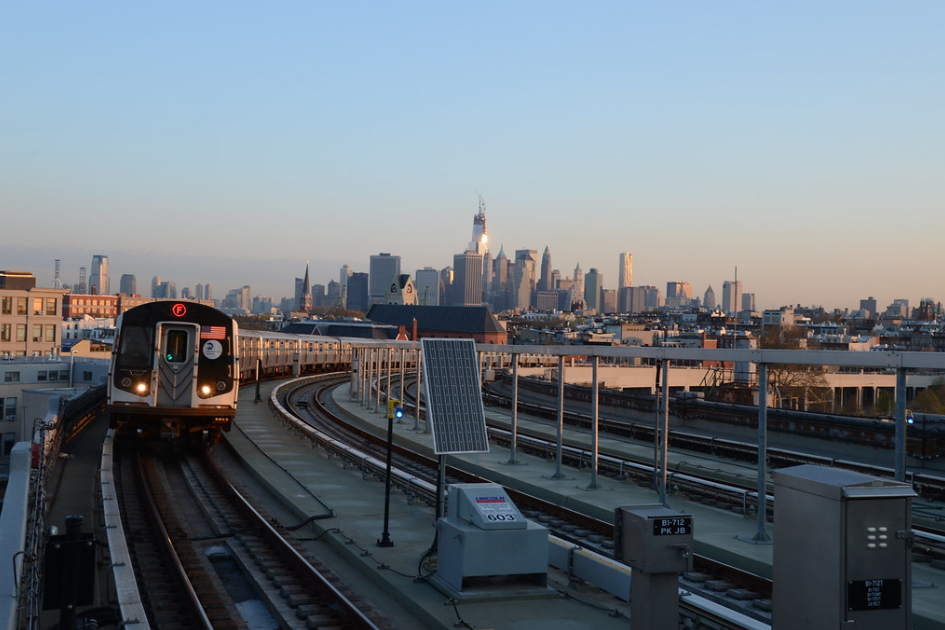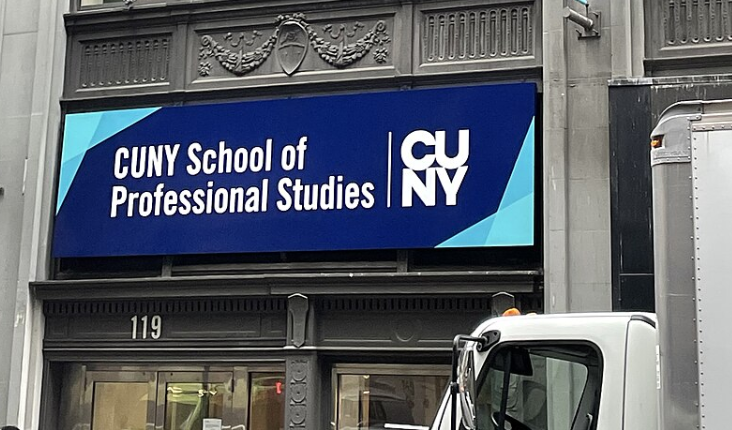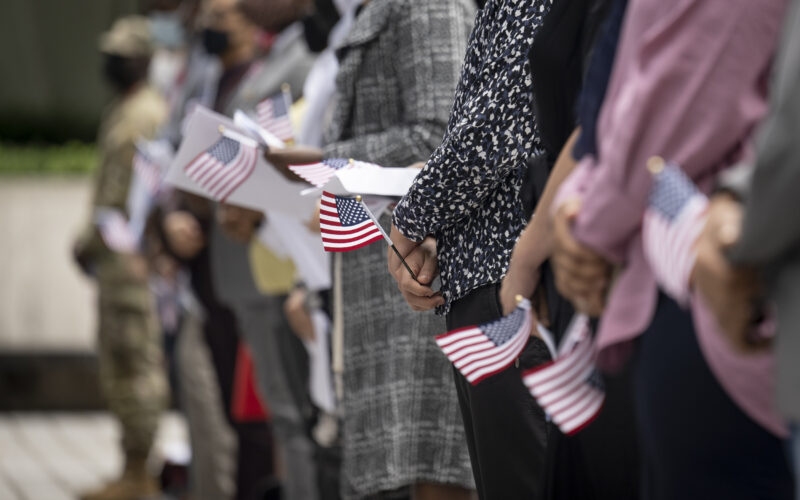The availability of food pantries on college campuses curbs the rise of food insecurity students face. The rate of college students struggling to secure food today has increased compared to the first study on food insecurity conducted more than 10 years ago.
The COVID-19 pandemic exacerbated the growing issue of food insecurity among college students. It is crucial that colleges aim to increase the number of food pantries on their campuses in order to reduce student hunger and improve the wellbeing of their students.
According to a report by DiverseEducation, over one in five undergraduate students struggle to provide themselves with basic food needs. Additionally, Dr. Sara Goldrick-Rab a researcher at Temple University, claimed that it is often intentional for government programs like the Supplemental Nutrition Assistance Program to exclude students.
Since the publishing of the original study reported only 80 food pantries available at campuses, there are now 800 food pantries available at campuses today. The amplified advocacy of the issue has led to legislative action and more state funding towards supporting campus food pantries in recent years.
However, the battle is far from done, especially because this problem currently affects 12% of graduate students and 23% of undergraduate students. Students should focus on their studies, not on where their next meal will come from.
Hostos Community College, located at one of New York City’s most underprivileged communities in the South Bronx, has opened its own food bank for students. The school prides itself on providing students with the educational pathway out of poverty.
“There are students that I know skipping meals because they can’t afford it,” Madeline Cruz, overseer of the Hostos Food Pantry, said. “Our job as a support system is to meet them where they are at.”
Universities like Hostos, who welcome students from vast socioeconomic backgrounds, realize that food insecurity is an affordability and stability issue. Half of all households in the South Bronx qualify for food stamps. Similarly, 1.6 million New York City residents receive SNAP benefits every year.
At most four-year colleges, meal plans typically cost around $3000 to $5500 per year. Between paying tuition or rent in one of the world’s most expensive cities, the average college student is likely going to skip a meal or two.
Matt Marks from the University of Oklahoma said that the OU food pantry has been the lifeline for many first-generation students, students working multiple jobs and international students. He notes that the worsened economy due to covid and inflation has been tough on students.
Pantries serve as a resource that takes financial burden off students, especially since they must deal with tuition, textbook costs and other college related costs.
Other universities are catching up to the example of Hostos and the University of Oklahoma.
Baruch College launched a Bearcat Food Pantry in 2022 with the support of The Carroll and Milton Petrie Foundation. Likewise, the pantry aims to provide Baruch students with access to healthy nutritious food to make their path towards graduation easier.
A survey by Healthy CUNY in 2022 found that 40% of CUNY students or an estimated 110,000 reported having “low” to “very low” food security. To combat this, CUNY runs 21 food banks open to all students.
In April, CUNY’s food pantries received grants between $10,000 to $35,000 from the Petrie Foundation. CUNY Chancellor Félix V. Matos Rodríguez and Food Bank for New York City President Leslie Gordon that announced nearly all of CUNY’s food pantries would remain open during the summer months as well.
Additionally, they can be used even by students who are not enrolled in summer classes. This is a life-changing resource for students who planned to work during the summer months.
Starting Aug. 30, the Bearcat Food Pantry is open Monday through Thursday from noon to 4 p.m. Currently, all access to Baruch’s food pantry is by appointment only.







